AustralianSuper and HESTA have joined forces to back the Assemble platform to develop 17,000 “affordable” apartments over the next 10 years at a proposed cost of $15 billion.
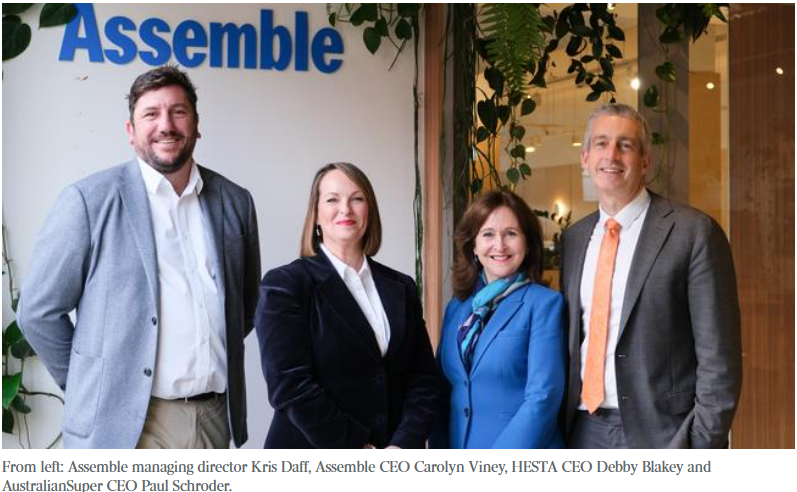
AustralianSuper estimates that Australia’s national housing shortage is around 230,000 homes a year, and CEO Paul Schroder has called for more land release and loosening of regulations to ensure the problem does not get worse.
“We see an opportunity here to make good risk-adjusted returns for the members of AustralianSuper and get housing built, and therefore improve the prospects of people living in safe and secure housing”, Schroder said.
“We’ve got five sites that seem to be working very well. Let’s double that. Let’s triple that over time, and let’s go national”.
“Our working model is to get to about 17,000 homes under management over a 10-year plan through to 2034 and that should get us to about $15 billion of funds under management at that time”, Assemble’s CEO Carolyn Viney said.
So, that is $15 billion to build 17,000 apartments, which equates to around $882,000 per apartment. On what planet is that affordable?
Last month, The Age reported that “the Planning Minister, Sonya Kilkenny, had approved the $1.57 billion Vicinity Centres project – which will change the shape of Box Hill with towers up to 50 storeys and a total of 1700 apartments”.
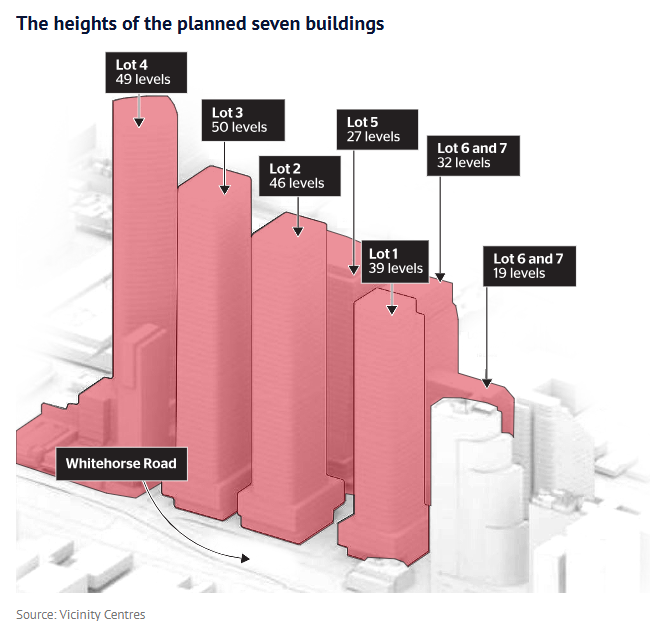
That’s another $1.57 billion to build 1,700 apartments, which equates to $923,529 per apartment. Again, how is that “affordable”?
RMIT’s David Hayward recently wrote the following regarding Melbourne’s housing future:
“Over the 30 years to 2021, Melbourne’s 15 main inner and middle-ring municipalities increased housing by 55%, or 318,000 dwellings. Of these, 90% were of medium and higher densities, according to my analysis of census data”.
“Detached housing in these areas has fallen from 66% to barely 50% over that period. If the government’s targets were met, detached houses would be under 33%”.
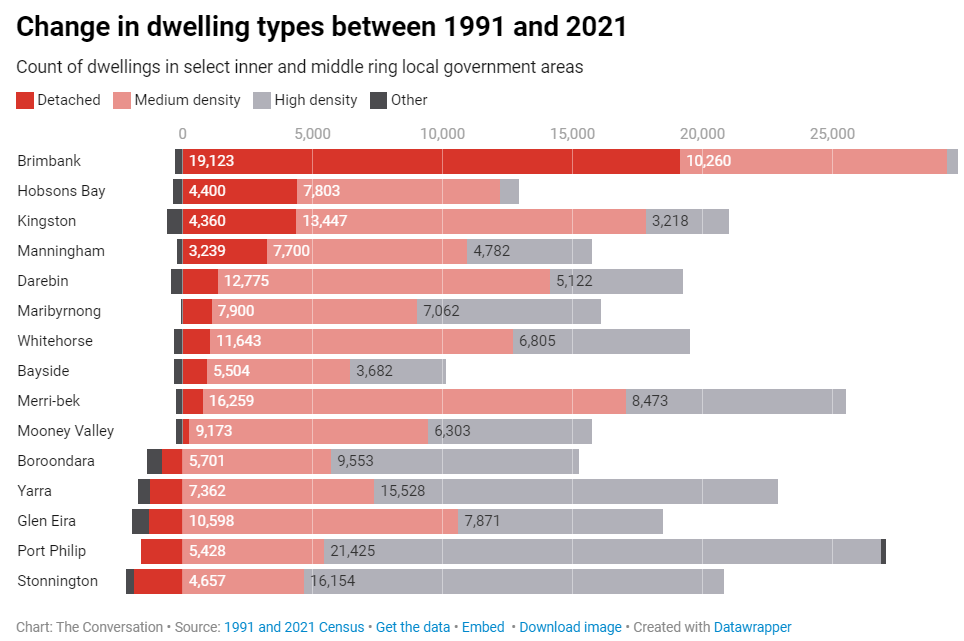
The Victorian government has set a goal of building 2 million new dwellings by 2051 to keep up with the state’s rabid population growth, which is expected to reach 11.2 million by 2056, with Melbourne growing to 9.0 million:
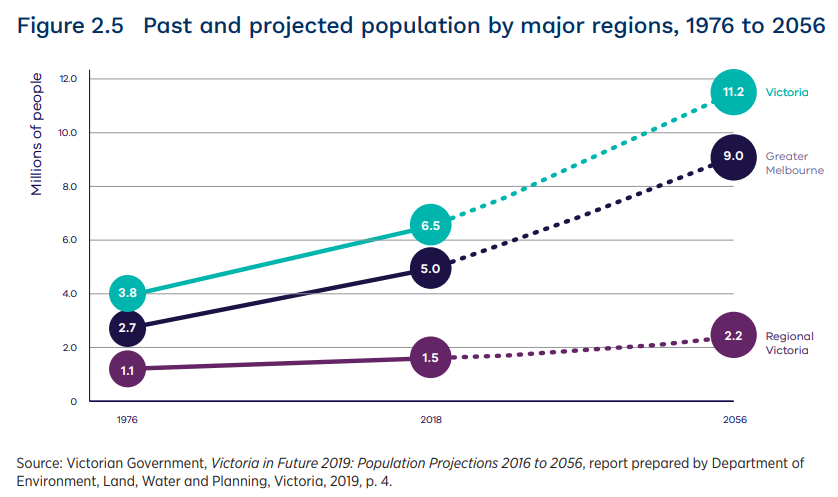
The Victorian government’s housing target would transform Melbourne into a high-rise city.
2,000,000 new homes over the next 28 years would require another 1,176 projects like the Vicinity Centres towers shown above. That is, 8,235 towers in total, ranging in height from 19 to 49 levels, at a development cost of around $1.85 trillion dollars.
In the 2021 Census, Melbourne had 2,057,482 dwellings, while Victoria had 2,805,661 dwellings.
Therefore, in only 30 years, Victoria is projected to record a 71% increase in the number of dwellings, mostly high-rise apartments, which is an astounding change in such a short period of time.
Sydney is likewise projected to become a high-rise metropolis, with Urban Taskforce forecasts showing that by 2057, only 25% of dwellings would be detached houses, with apartments (50%) and townhouses (25%) dominating the urban form:
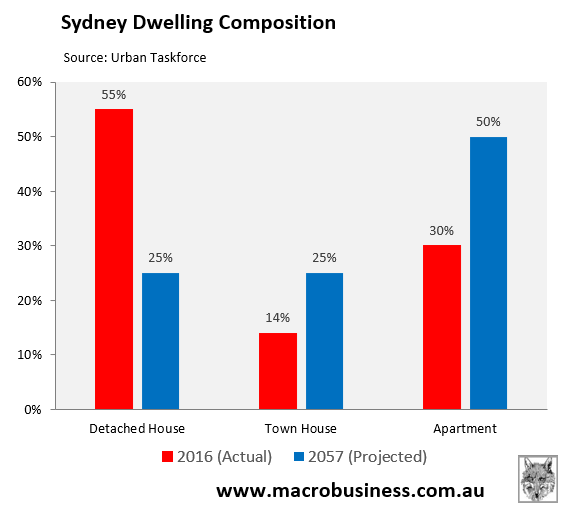
Will a high-rise future deliver affordable housing to the residents of Sydney and Melbourne? Absolutely not. It hasn’t done so over the past 20 years. And the projects listed above suggest that affordability will worsen.
Few Sydney and Melbourne residents want their cities’ populations to balloon to 8 million and 9 million, respectively, by mid-century and to be transformed into Asian-style high-rises.
Residents in both cities are already groaning under the weight of 20 years of rapid population growth and the associated deterioration in housing quality and affordability.

